
 (4 / 5)I
(4 / 5)I
Theatre Hafren, Newtown.
Reviewer: Barbara Michaels.
In celebration of their 30th birthday, Mid Wales Opera pulled out the stops for a Gala Concert which also marked the start of their Spring tour of Tosca. After a welcome by Board member Alun Jones, the programme began with a spirited performance of The Laughing Song from Johann Strauss II’s Die Fledermaus by guest artiste soprano Galina Averina (who sang the role of Pamina with outstanding success in MWO’s 2017 production of The Magic Flute), setting the tone for a programme of opera favourites in the first half.

soprano
A selection from Puccini’s La Boheme followed: the aria Che Gelida and ensuing duet Si, mi chiamo Mimi sympathetically sung by Norwegian tenor Stian Økland and soprano Stephanie Lloyd was a clever and popular choice, while scarlet gowned mezzo soprano Dilan Saka’s performance of Nel Giardin del bello from Verdi’s Don Carlos deservedly won huge applause– a young artiste to watch, as proved by her performance with Økland in the Seguedilla from Bizet’s Carmen. All of these young and personable singers are emerging talents in the opera scene and to be kept an eye on in the future, while Averina’s solo aria Saper Vorreste, from Verdi’s In Ballo in Maschera showcased her true and clear soprano.

lyric tenor (WIAV)
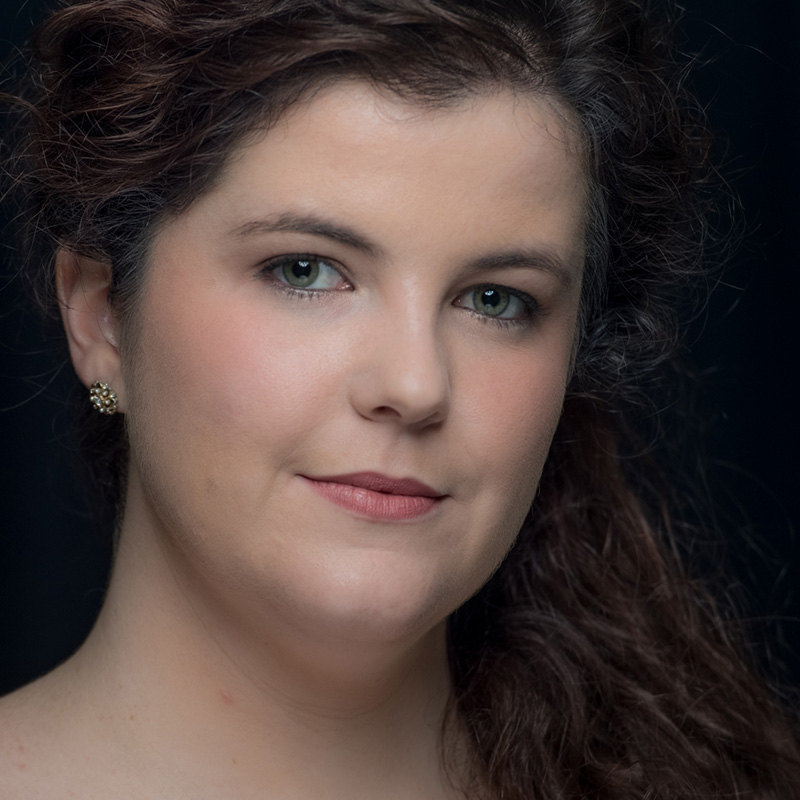
soprano (WIAV)

mezzo (WIAV)
A concert programme consisting of only operatic items is not easy, the components of opera stretching as they do far wider. The fabulous music for full orchestra is impossible to replicate with a solo pianist and full credit to MWO accompanist Siân Davis who rose admirably to the challenge. Additionally, an opera traditionally involves a considerable amount of both scenery and props, both of which are lacking in a concert performance. While on this occasion fully understandable owing to full scenery for the following night’s opening performance of Tosca being hidden behind the all-concealing black drapes. A gala evening could perhaps have done with a bit more.
Addressing the audience at the end of the evening ,Gareth Williams, chair of MWO, spoke of MWO’s intention since its foundation thirty years ago to bring opera to parts of Wales previously unable to access opera, and also to smaller venues, while Emily Gottlieb, Chief Executive of the National Opera Studio and a former production and development designer with the Royal Opera House, spoke of the immense value of Mid Wales Opera as a testing ground for the operatic skills emerging today.
All singers are former or present students of Dennis O’Neill’s Academy of Voice in Cardiff.
Gala concert at Theatr Hafren, Newtown, Powys,on Friday February 22nd.

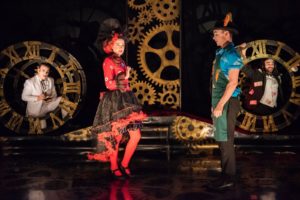
 (4.5 / 5)
(4.5 / 5)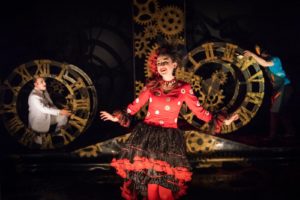
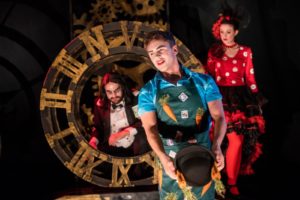
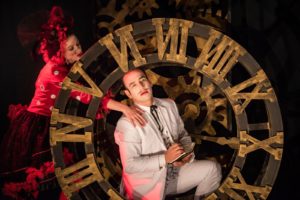
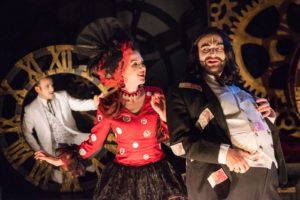
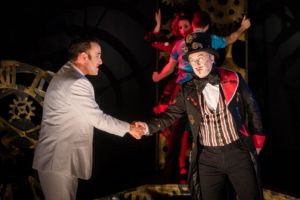
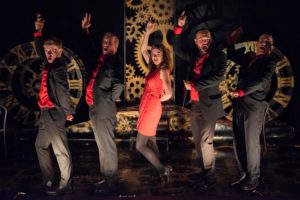

 (3 / 5)
(3 / 5)
